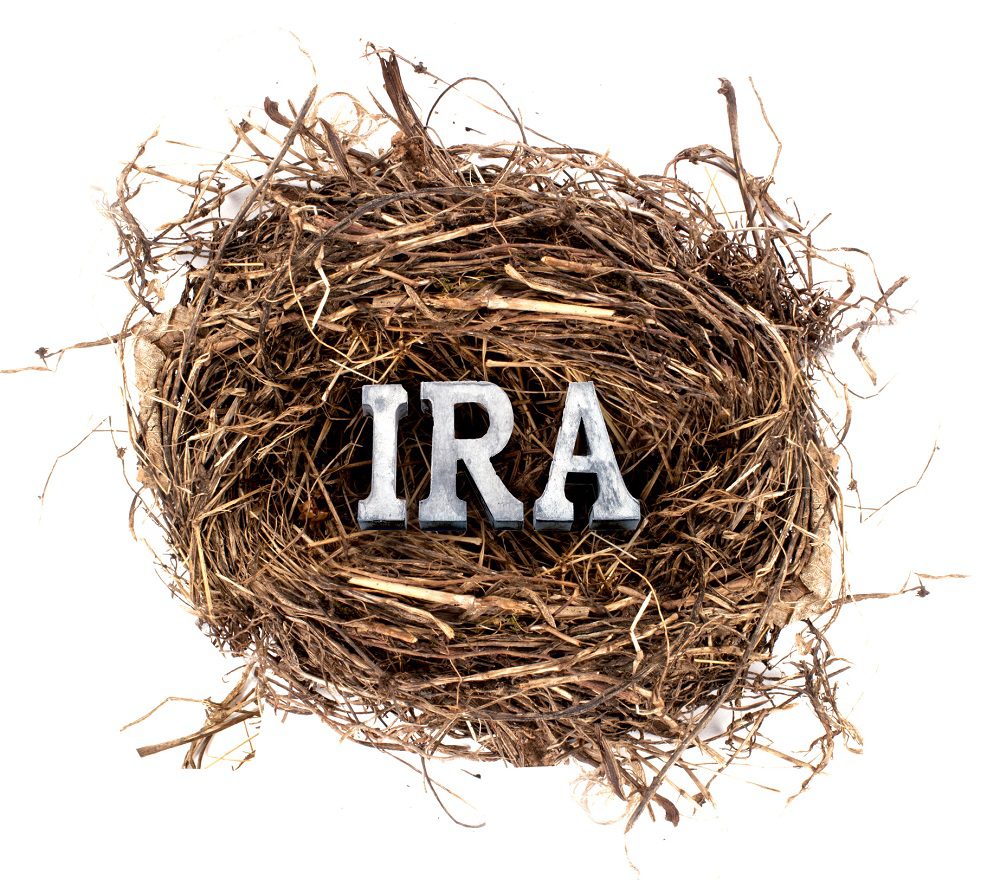An updated IRS ruling now allows IRA owners under age 59½ to dramatically increase the amount of money they can withdraw from their accounts without facing the dreaded 10% penalty tax.
The only strategy that lets any IRA owner take withdrawals for any reason and avoid penalties is a “series of substantially equal periodic payments,” or SOSEPP. How it works: You set up a series of monthly, quarterly or annual payments from your IRA. The amount of each of these payments is determined using formulas similar to calculating an annuity payout or a loan-amortization schedule. What’s new: Until recently, the SOSEPP formulas used a very low interest rate assumption (1.5% annually) for how much the remaining money in your IRA would continue to grow. But: This past January, the IRS updated the formulas allowing IRA owners to use a 5% rate. Example: Under the old rules, a 54-year-old with a $400,000 IRA might be able to take SOSEPP payments of around $15,600 annually. Under the new rule, it could be as much as $24,000. But there are some caveats…
Tapping your retirement funds early should always be a last resort. Remember, you still have to pay tax on the withdrawals. Also, the IRS doesn’t allow you to put the withdrawn money back in your IRA later on.
This strategy is best for people in their mid- to late-50s. Once you start withdrawals, they must be continued until you reach 59½ or for five years, whichever is less. So if you initiate a SOSEPP at age 45, you’re required to take regular payments for the next 14½ years, regardless of whether you need that much money.
Use a financial advisor or accountant to help set up your SOSEPP. Calculating your withdrawal payments can be complicated. If you violate any IRS rules, such as removing too much from your IRA in a given year, you must retroactively pay the 10% penalty for all the money you removed before age 59½. Learn more at IRS.gov/retirement-plans/substantially-equal-periodic-payments.


